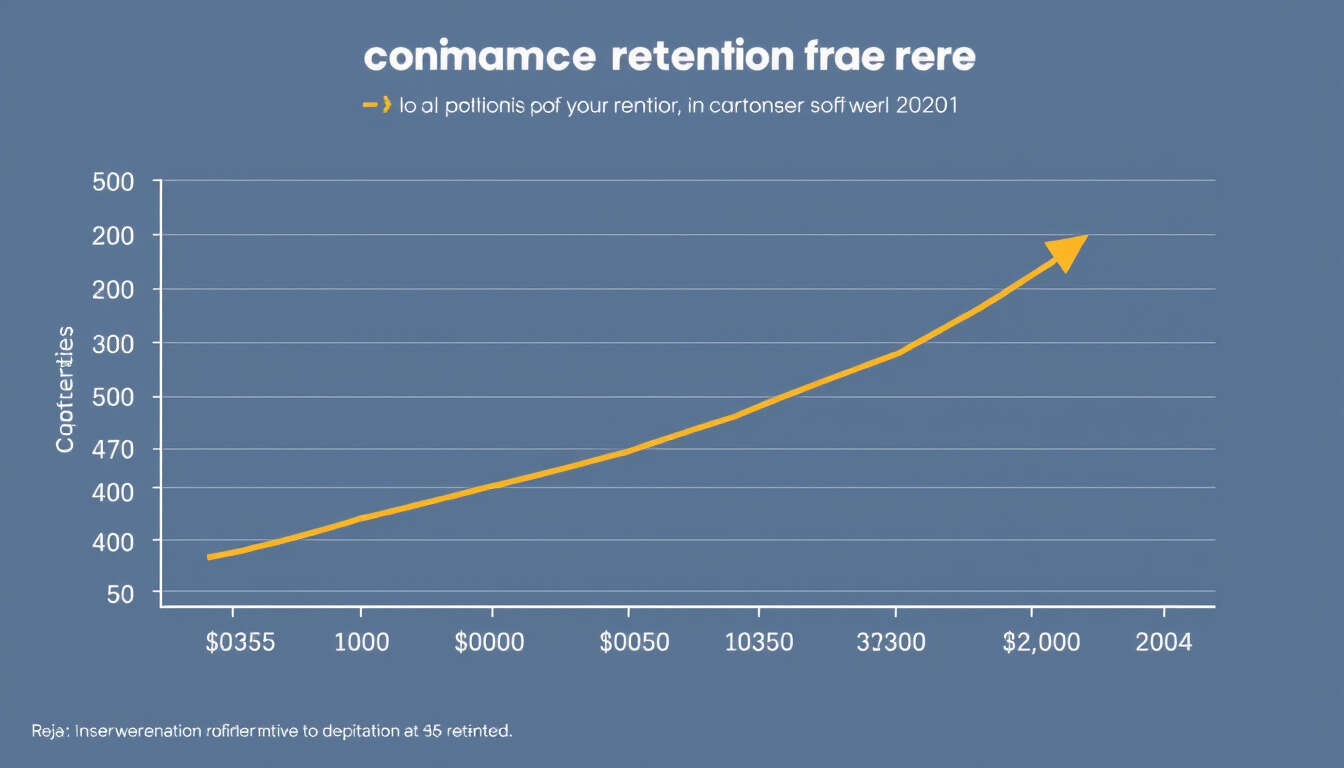Strategies for Retaining Customers in SaaS Businesses
 by Shanie Goodwin
by Shanie Goodwin
In SaaS, keeping customers engaged is essential for long-term success. This article explores proven tactics through business case studies, offering practical insights for improving retention rates and fostering loyalty.

Customer retention plays a vital role in the success of SaaS companies. High retention rates lead to steady revenue and reduced acquisition costs. For instance, many firms focus on building strong relationships from the start.
Importance of Retention in SaaS
Retaining customers helps maintain a stable user base. Businesses that prioritize this aspect often see better financial outcomes. A study from a leading analytics firm showed that retained customers contribute significantly to profitability.
One effective tactic is personalized communication. By sending targeted updates, companies can keep users engaged. For example, a mid-sized SaaS provider implemented email campaigns based on user behavior, resulting in a 15% increase in renewal rates over six months.
Case Study: A Mid-Sized Analytics Platform
Consider an analytics platform that faced declining retention. The team introduced proactive support as a key strategy. This involved regular check-ins and feedback sessions. After six months, their retention rate improved by 20%. This approach highlighted how ongoing engagement can turn potential churn into loyalty.
Another tactic involves offering flexible pricing options. Some SaaS businesses adjust plans to fit customer needs, making it easier for users to stay. In a case with a project management tool, introducing tiered pricing led to a 10% rise in long-term subscriptions. Users appreciated the adaptability, which strengthened their commitment.
Implementing Feedback Loops
Feedback is crucial for continuous improvement. SaaS companies often use surveys to gather insights. One e-commerce software firm analyzed feedback and made product enhancements, leading to higher satisfaction scores. This method ensures that customer needs are met effectively.
To apply these tactics, businesses can start with data analysis. Tracking metrics like churn rates provides valuable information. For example, a cloud storage service used data to identify at-risk customers and offered incentives, reducing churn by 12%.
In practice, combining tactics works best. A collaboration tool integrated personalized onboarding with community events, resulting in sustained growth. Over a year, this led to a 25% retention boost.
Measuring Success
Success in retention can be measured through key metrics. Net Promoter Score (NPS) and customer lifetime value are common indicators. Businesses that monitor these regularly can refine their strategies. For instance, a CRM software company tracked NPS and adjusted their support model, achieving notable improvements.
Ultimately, focusing on these approaches helps SaaS firms build lasting relationships. By learning from real examples, entrepreneurs and professionals can apply similar methods to their operations.
